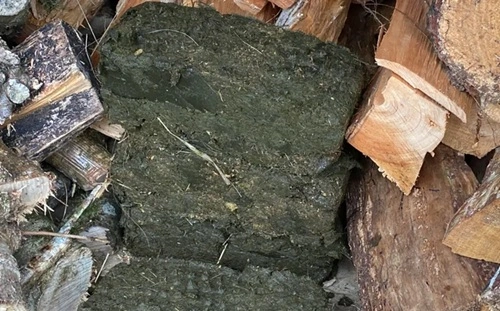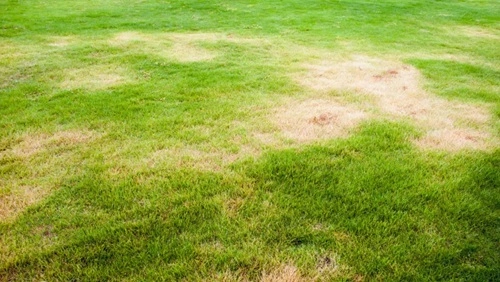Many beachgoers and homeowners love the idea of collecting driftwood to use in cozy beach bonfires or home fireplaces. But before striking that match, it’s important to understand the legal and environmental implications. In the United States, burning driftwood can, under certain circumstances, be illegal or hazardous due to environmental regulations, chemical risks, and local fire codes.
Here’s a detailed legal breakdown:

Federal Law: Environmental and Safety Regulations
At the federal level, there is no blanket law that makes it illegal to burn driftwood. However, several federal environmental protections indirectly restrict the practice depending on where the driftwood is collected and how it’s burned.
1. Collection Rules on Federal Property
If the driftwood is taken from a national park, seashore, or wildlife refuge, collecting it may violate federal law — specifically, the Code of Federal Regulations (36 CFR § 2.1), which prohibits removing natural materials from protected lands. This means that even before burning, taking driftwood itself could be illegal on federal property without authorization.
2. The Clean Air Act and Toxic Emissions
Under the Clean Air Act, the Environmental Protection Agency (EPA) regulates the emission of pollutants from burning materials. Driftwood that has been exposed to seawater can contain salt residues (mainly sodium chloride). When burned, these salts convert to toxic chlorine gas and dioxins, which are hazardous to human health and the environment.
The EPA therefore advises against burning driftwood, especially indoors or in enclosed areas, as it can release corrosive and carcinogenic substances. While this may not directly make the act illegal federally, it can violate local air quality regulations enforced under the Clean Air Act framework.
State and Local Laws: Where It Becomes Illegal
Most of the laws governing driftwood burning come from state environmental agencies and local fire departments.
Open Burning Regulations
Nearly every state restricts open burning of any material that produces toxic smoke, including salt-contaminated wood.
For example:
- California: The Air Resources Board bans the open burning of “treated or painted wood,” which includes driftwood exposed to saltwater.
- New York: State Environmental Conservation Law prohibits burning any waste material that emits harmful compounds, including chlorinated smoke from driftwood.
- Oregon and Washington: Coastal laws often prohibit collecting and burning driftwood on public beaches; violators can face fines up to $500 for removing natural materials.
Additionally, local fire codes often restrict burning driftwood during dry seasons or in residential zones due to fire hazard and smoke control regulations.
Health and Environmental Risks
From a legal and safety standpoint, burning driftwood is risky because:
- It releases toxic fumes including hydrochloric acid and dioxins.
- The salt content corrodes metal chimneys, stoves, and fire pits.
- It can produce dense smoke, triggering air-quality violations in certain jurisdictions.
Even if not explicitly illegal, burning driftwood indoors or in urban areas may expose you to liability if smoke causes nuisance complaints or health issues for neighbors.
Legal and Safe Alternatives
If you want to enjoy a fire safely and legally:
- Use seasoned, untreated firewood approved for residential burning.
- Purchase kiln-dried wood or manufactured fire logs for indoor fireplaces.
- On beaches, check with local park services or fire authorities to ensure that driftwood burning is permitted in designated fire pits.
- Reuse driftwood for decorative or craft purposes instead of burning it.
By following local laws and environmental recommendations, you can stay compliant and safe.
FAQs About Burning Driftwood
Q. Is it illegal to burn driftwood on the beach?
It depends on the beach. Many public beaches and parks prohibit burning or even removing driftwood, while others allow fires only in designated fire rings. Always check local rules before lighting a fire.
Q. Can you burn driftwood in a fireplace or wood stove?
You shouldn’t. Salt in driftwood releases toxic chlorine gas and corrodes chimneys. The EPA strongly advises against burning driftwood indoors.
Q. What happens if I burn driftwood that I collected from a national park?
You could face federal fines or citations for removing natural materials from protected land, even if the wood was already washed ashore.
Q. Are there any states where burning driftwood is legal?
Yes, in some rural or private coastal areas, it’s legal if local fire codes permit open burning and you collected the wood lawfully. Always check county or municipal ordinances first.
Q. What’s the penalty for violating open burning laws?
Penalties vary but may include fines from $100 to $1,000, cleanup costs, or civil citations from environmental agencies.
Conclusion
While it might not seem like a big deal, burning driftwood can be both unsafe and illegal depending on where it’s collected and how it’s burned. Federal and state laws protect beaches and air quality, and the EPA warns against burning salt-contaminated wood due to toxic emissions.
If you want a beach fire or a cozy home fireplace, stick to approved firewood and verify local fire permits before burning anything. It’s safer, cleaner, and keeps you well within the law.

